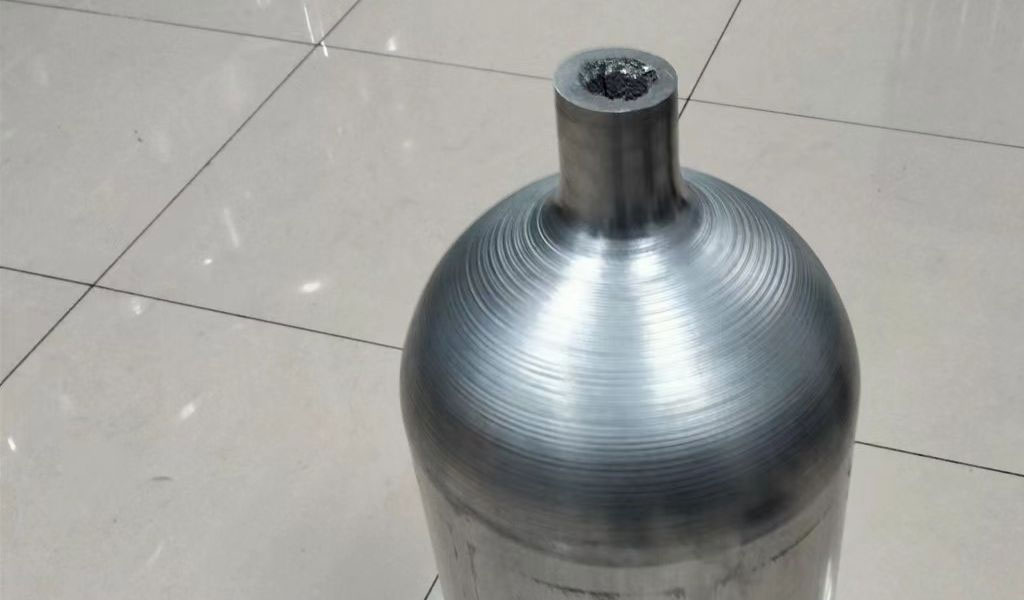Metal spinning, also known as spin forming or spin metalworking, is a manufacturing process used to create symmetrical, hollow metal parts by spinning a blank workpiece on a lathe while applying force with a tool. This process allows for the production of parts with complex shapes and high precision, making it a valuable technique in various industries, including aerospace, automotive, and decorative applications.
Process Description
Metal spinning involves several key steps, each crucial to achieving the desired final product. The process typically begins with the selection of a suitable metal blank. Common materials used in metal spinning include aluminum, brass, stainless steel, and other malleable metals. The blank, which is usually a flat or slightly curved disc, is mounted on a lathe or spinning machine.
- Preparation of the BlankThe metal blank must be carefully prepared before spinning. This preparation involves ensuring that the blank is free of impurities and defects and that it has the appropriate thickness and diameter. The surface of the blank may be treated or coated to improve the spinning process and the final finish of the part.
- Mounting and SpinningOnce prepared, the blank is secured onto the spinning lathe. The lathe rotates the blank at high speeds, typically ranging from several hundred to several thousand revolutions per minute (RPM). As the blank spins, a spinning tool or roller is used to apply force to the metal. This tool is often guided by a pattern or template, which dictates the shape and contours of the final part.
- Forming the MetalDuring the spinning process, the metal blank is deformed and shaped by the spinning tool. The force applied by the tool causes the metal to stretch and conform to the desired shape. This process can be performed in multiple stages, with the tool progressively shaping the metal to achieve the final dimensions and features. The metal spinning process is highly adaptable, allowing for the creation of various geometric forms, including cones, hemispheres, and complex custom shapes.
- FinishingAfter the metal has been shaped to the desired form, additional finishing processes may be required. These processes can include trimming excess material, polishing the surface, and applying coatings or treatments to enhance the part maker‘s appearance and durability. The finishing stage is crucial for ensuring that the final product meets the required specifications and quality standards.
Applications
Metal spinning is employed across various industries due to its versatility and precision. Key applications include:
- Aerospace Industry: Metal spinning is used to produce components such as aircraft fuselage parts, engine housings, and satellite dishes. The process is valued for its ability to create lightweight, strong parts with complex geometries.
- Automotive Industry: Spun metal parts are used in vehicle components, including wheel rims, engine covers, and decorative trim. The process allows for the production of high-quality, aesthetically pleasing parts that meet stringent performance standards.
- Decorative and Artistic Applications: Metal spinning is also used in creating decorative items and sculptures. The ability to produce intricate and unique shapes makes it a popular choice for artists and designers.
Advantages and Limitations
Metal spinning offers several advantages over other manufacturing methods, including:
- Cost-Effectiveness: The process is relatively low-cost compared to other methods like casting or machining, particularly for small to medium-sized production runs.
- Material Efficiency: Metal spinning generates minimal waste, as the process utilizes most of the material from the original blank.
- Precision and Surface Finish: Spinning produces parts with high dimensional accuracy and a smooth surface finish, reducing the need for extensive post-processing.
However, metal spinning also has some limitations:
- Material Restrictions: Not all metals are suitable for spinning. The process works best with metals that are ductile and can be easily deformed, while harder or more brittle materials may not be suitable.
- Size Limitations: The process is generally more suited for producing smaller to medium-sized parts. Large components may require different manufacturing techniques or specialized equipment.
Conclusion
Metal spinning is a versatile and efficient manufacturing process that allows for the production of high-quality, symmetrical metal parts. Its ability to create complex shapes with minimal waste and cost makes it a valuable technique across various industries. While there are some limitations to the process, its advantages in precision, material efficiency, and surface finish ensure its continued relevance and application in modern manufacturing.
For further information on metal spinning techniques and applications, industry-specific resources and technical guides are recommended.
